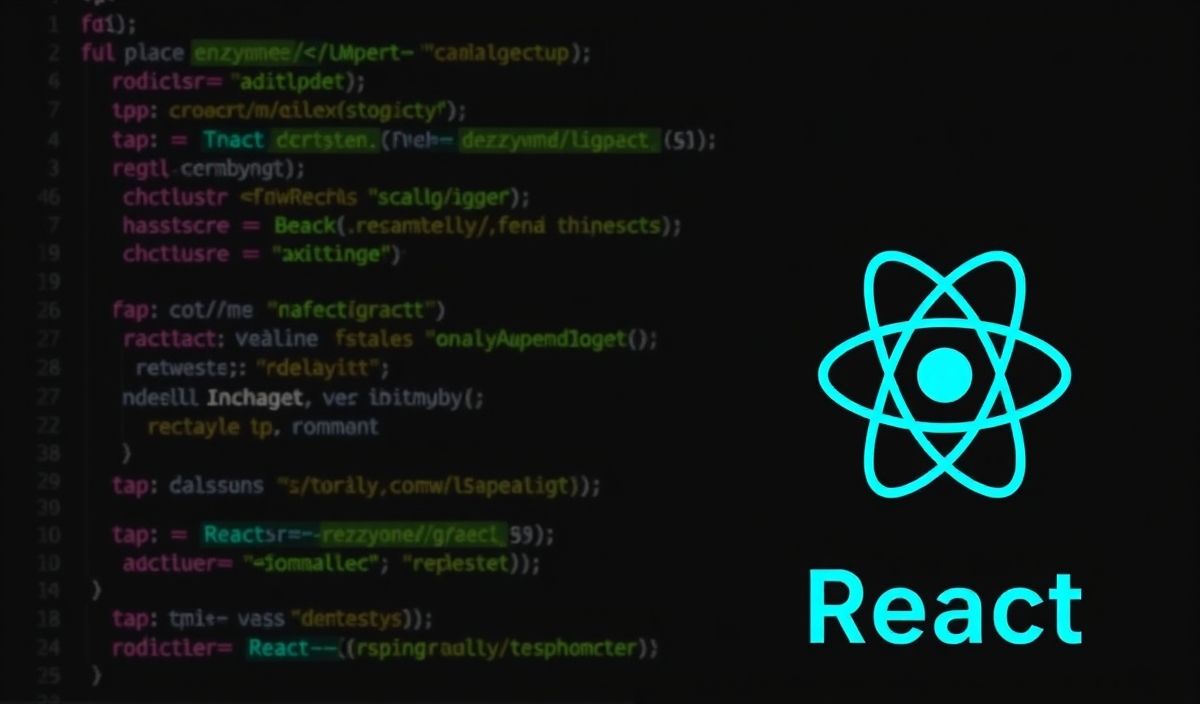Introduction to Enzyme Adapter for React 16
Enzyme is a JavaScript testing utility for React that makes it easier to test your React Components’ output. The enzyme-adapter-react-16 supports React 16.x, providing a comprehensive suite of tools for rendering, manipulating, and traversing your components in a simulated environment.
Key API Methods with Code Examples
1. shallow()
The shallow() method renders a component without rendering its children, making it useful for unit tests. Example:
{`
import { shallow } from 'enzyme';
import MyComponent from './MyComponent';
const wrapper = shallow(
2. mount()
The mount() method fully renders the component into the DOM, including its children. Example:
{`
import { mount } from 'enzyme';
import MyComponent from './MyComponent';
const wrapper = mount(
3. render()
The render() method uses a static rendering strategy. Example:
{`
import { render } from 'enzyme';
import MyComponent from './MyComponent';
const wrapper = render(
Useful Utility Methods
4. setState()
Directly modify the state of a component to test its behavior. Example:
{`
const wrapper = shallow(
5. simulate()
Simulates events to test interactions. Example:
{`
const wrapper = shallow(
6. props()
Retrieve the props of the root component. Example:
{`
const wrapper = shallow(
Application Example
Here’s a simple React application using enzyme-adapter-react-16 for testing:
{`
// MyComponent.jsx
import React, { useState } from 'react';
const MyComponent = () => {
const [clicked, setClicked] = useState(false);
return (
Hello, Enzyme!
{clicked && Button Clicked!
}
);
};
export default MyComponent;
// MyComponent.test.js
import React from 'react';
import { shallow } from 'enzyme';
import MyComponent from './MyComponent';
describe('MyComponent', () => {
it('renders without crashing', () => {
const wrapper = shallow(
Unit testing with enzyme-adapter-react-16 ensures robust, maintainable React applications, making it an indispensable tool for developers.
Hash: 524dd7994d1c5d153a1836a9ca73061bf81b2ac422b31ec130d37037881cda91




